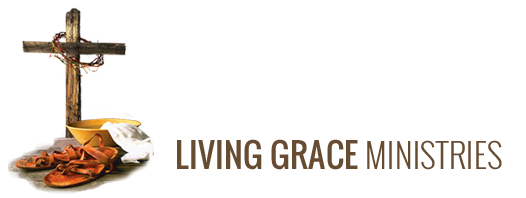Great Traits of a Great Team - Part 5
/Before sharing another trait of a great team, read Chuck Swindoll's teamwork illustration. Don't assume it's for the birds!
It's those stately geese I find especially impressive. Winging their way to a warmer climate, they often cover thousands of miles before reaching their destination. Have you ever studied why they fly as they do? It is fascinating to read what has been discovered about their flight pattern as well as their in-flight habits. Four come to mind.
1. Those in front rotate their leadership. When one lead goose gets tired, it changes places with one in the wing of the V-formation and another flies the point.
2. By flying as they do, the members of the flock create an upward air current for one another. Each flap of the wings literally creates an uplift for the bird immediately following. One author states that by flying in a V-formation, the whole flock gets 71 percent greater flying range than if each goose flew on its own.
3. When one goose gets sick or wounded, two fall out of formation with it and follow it down to help and protect it. They stay with the struggler until it's able to fly again.
4. The geese in the rear of the formation are the ones who do the honking. I suppose it's their way of announcing that they're following and that all is well. For sure, the repeated honks encourage those in front to stay at it. As I think about all this, one lesson stands out above all others: it is the natural instinct of geese to work together. Whether it's rotating, flapping, helping, or simply honking, the flock is in it together...which enables them to accomplish what they set out to do.
I appreciate that last part. “. . . “it is the natural instinct of geese to work together. . . the flock is in it together. . . which enables them to accomplish what they set out to do.” That describes a healthy team, a great team following your leadership direction, working together, flying together, accomplishing what it set out to do.
Great Trait # 8: Great Teams Affirm the Strengths of Other Team Members and Protect their Weaknesses.
Unfortunately, many organizations adhere to the opposite of this principle—being jealous of each other's strengths and taking advantage of each other's weaknesses. In that environment, the leader uses his/her strengths to get their own way and exploit weaknesses to gain competitive advantage. Where there is good leadership, protection, not control, characterizes the team environment. Bill Thrall distinguishes between protection and control this way:
Protection says, “I love you and accept you for who you are, and I will stand alongside you in your weaknesses to free your potential.” Control says, “Your distasteful behavior stands between us and you must change before I will love you or let you love me.” (Leading from Strengths: A Manual for Christian Leadership Teams)
Leadership guru Peter Drucker wrote, “The purpose of the team is to make strengths productive and weaknesses irrelevant.”
I’ll share a final trait next week. It brings together all the other traits

